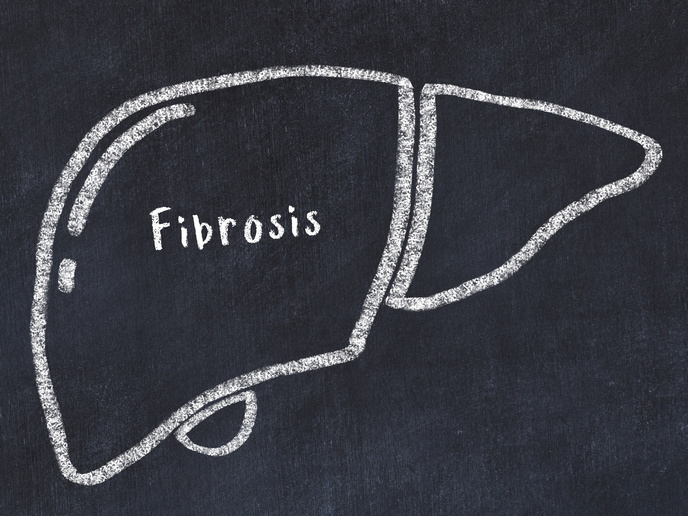Regulation of bacterial virulence by Non-coding RNAs
Bacterial infection is one of the most common causes of death in humans worldwide. The majority of existing antibiotics target characteristic enzymes involved in specific biological processes, facing increasing incidences of bacterial resistance. Non-coding ribonucleic acids (ncRNAs), functional RNA molecules that do not translate into a protein. These have recently emerged as key players in important processes in both eukaryotes and prokaryotes. A significant number of small bacterial ncRNAs (antisense RNAs) were discovered to be involved in the regulation of a plethora of adaptive processes, including bacterial virulence and antibiotic resistance. In the quest for a completely new class of potential molecular targets to combat bacterial infections, the EU-funded 'Non-coding RNAs in bacterial pathogenicity' (BACRNAS) consortium studied the role of ncRNAs in the regulation of bacterial pathogenicity. Within the BACRNAS consortium internationally recognised research groups and pharmaceutical companies unified their multidisciplinary expertise in the field of microbial pathogenicity. Using methods of molecular biology and biochemistry, novel ncRNAs were genome-wide searched in different pathogenic bacteria. The participation of the identified ncRNAs in RNA regulatory networks that are involved in bacterial pathogenicity was verified with a variety of complementary and sophisticated approaches. The most promising targets, as determined by applying specific criteria, were selected for further exploitation towards the design of novel therapeutic agents against bacterial infections. The current project provided the scientific community with new experimental approaches, and highlighted novel ncRNAs and RNA regulatory networks involved in bacterial pathogenesis and related mechanisms. The latter include bacterial stress and environmental adaptation. Therefore, the generated fundamental knowledge afforded new insights towards a better understanding of bacterial virulence mechanisms in general, and the role of ncRNAs specifically.







